
Parametric Design furniture
Michaela Crie Stone lives and works in Rockport, Maine, where she creates pieces that push the parameters of function by blurring the lines between art, craft, and design.
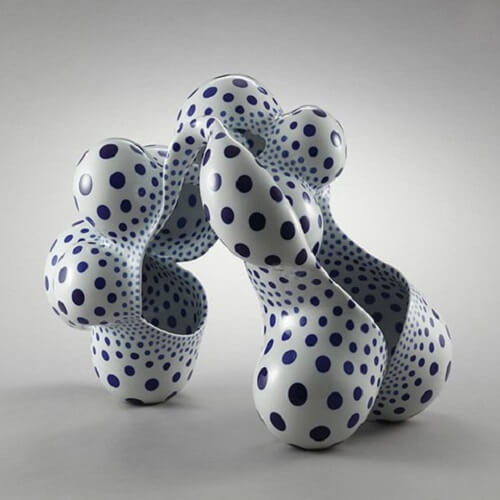
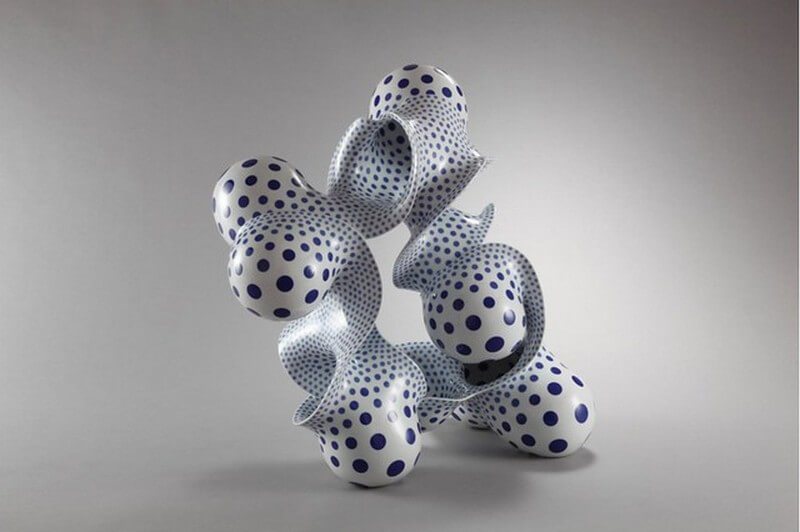
Japanese artist Harumi Nakashima creates free-form ceramic sculptures that feature organic, yet psychedelic characteristics. Nakashima, mostly known for beautifully-structured, odd geometric shapes embellished with iconic polkadots, works with a level of intricacy that demonstrates the artist’s attention to detail.
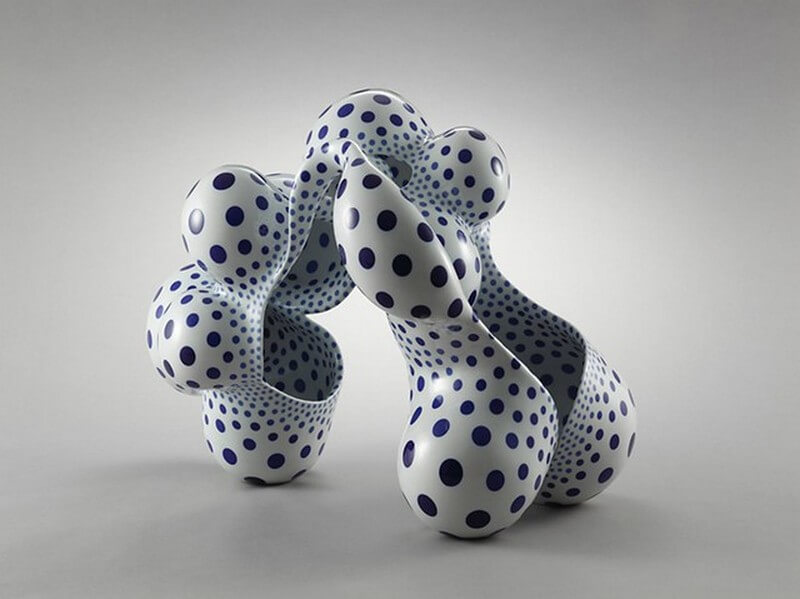
The sculptor often evokes the Sōdeisha art movement, a 1940s reactionary effort against the dominion of Japan’s popular folk-craft styles (especially the traditional, functional aspects of Japanese pottery) and ceramics created for the purpose of tea ceremonies. Sōdeisha, known for its modern take on traditional Japanese aesthetics, was disbanded in 1998.
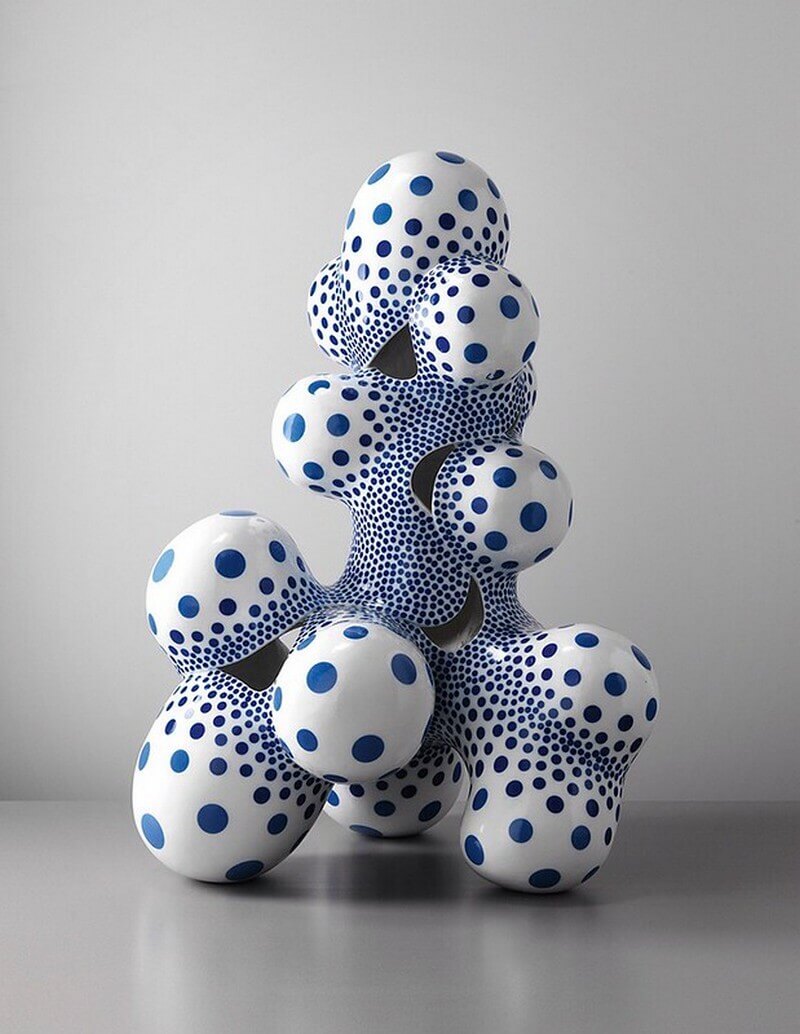
However, artists like Nakashima have thrived tremendously by incorporating Sōdeisha references into their current pieces. A contemporary aesthetic and subtle, refined references to traditional Japanese pottery allow the works to be perceived aesthetically rather than functionally.
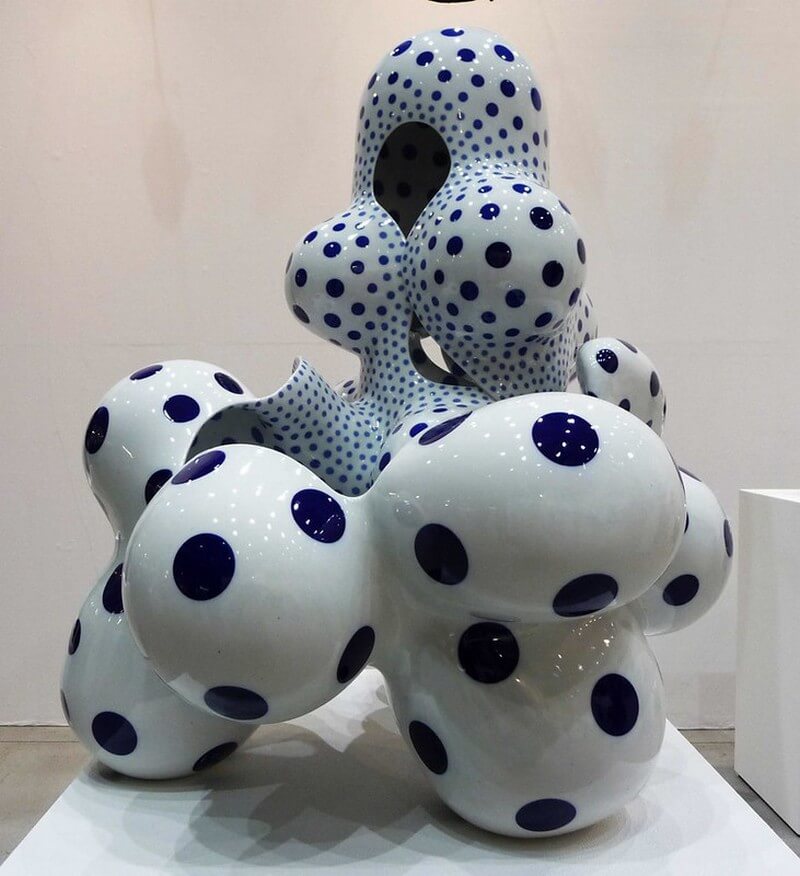
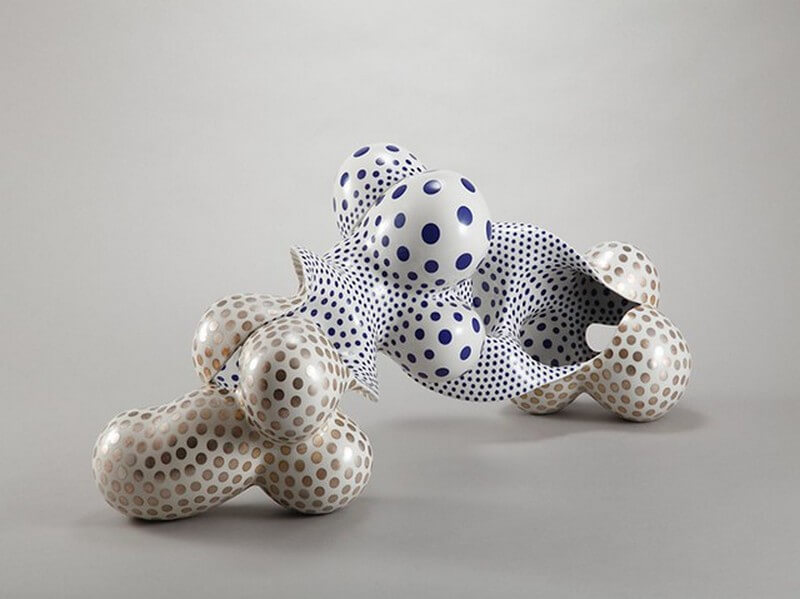
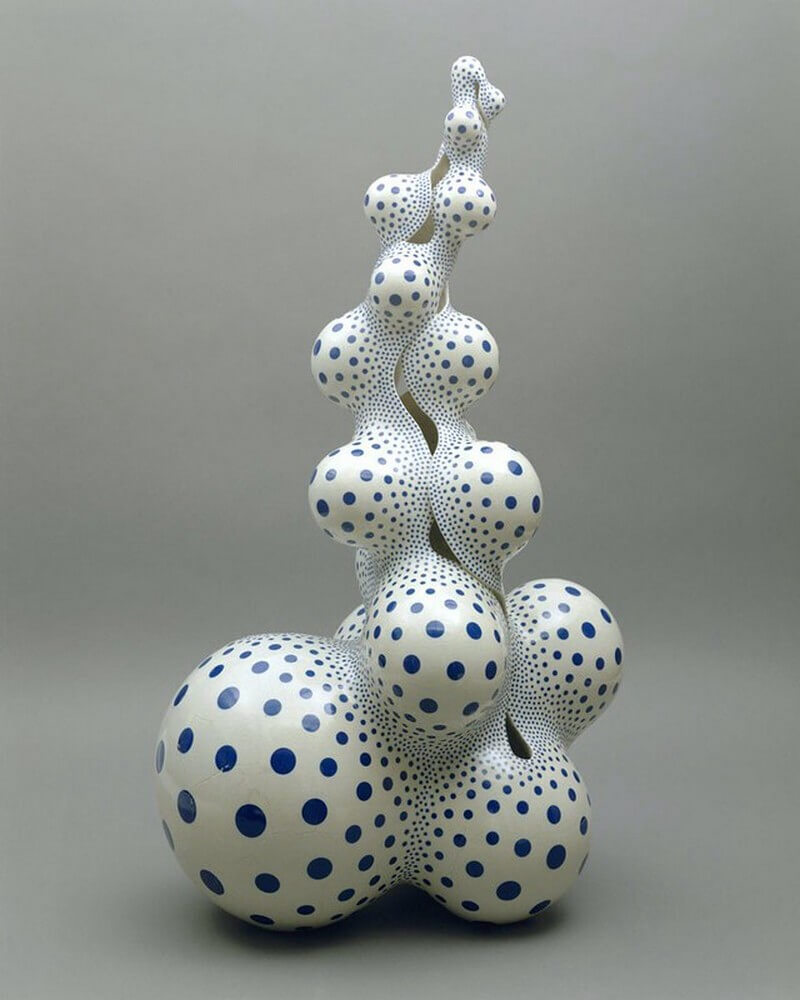
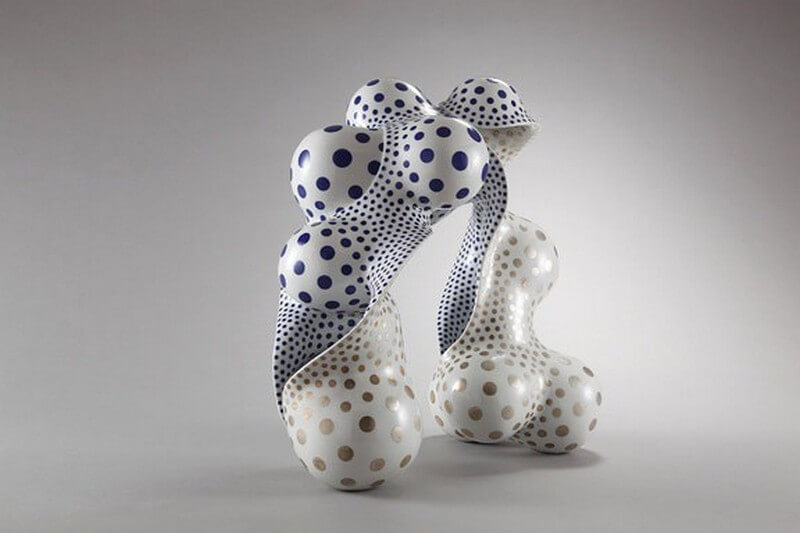
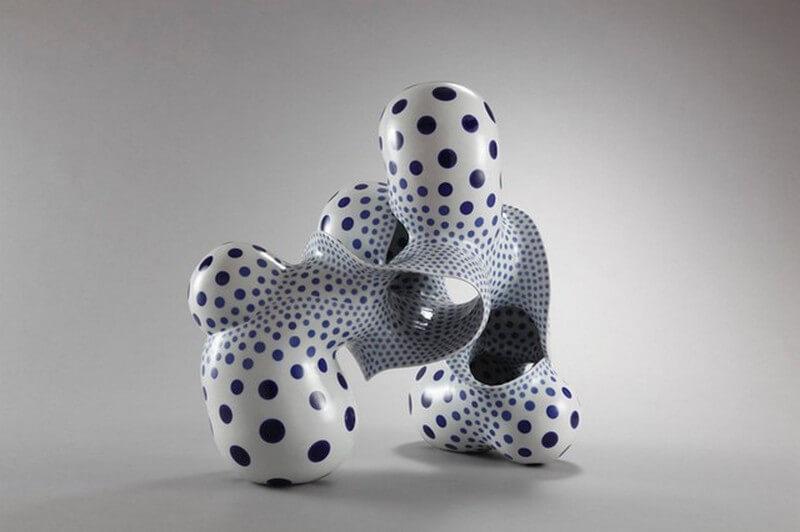
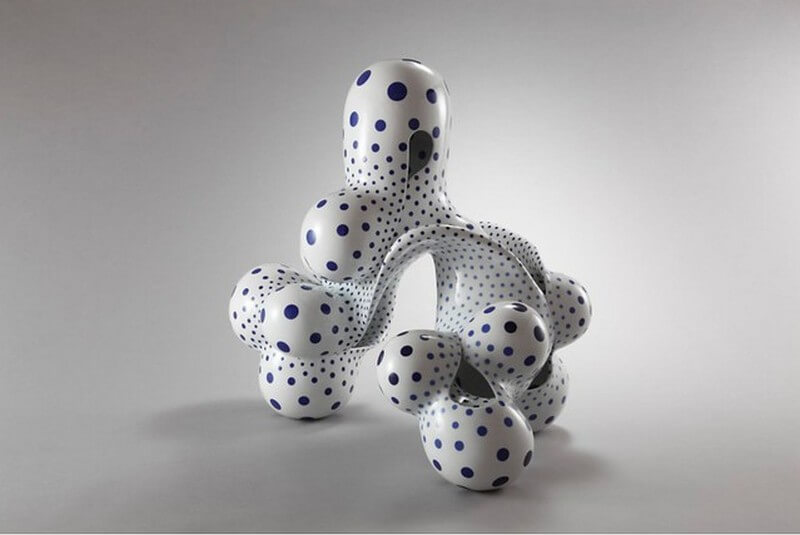
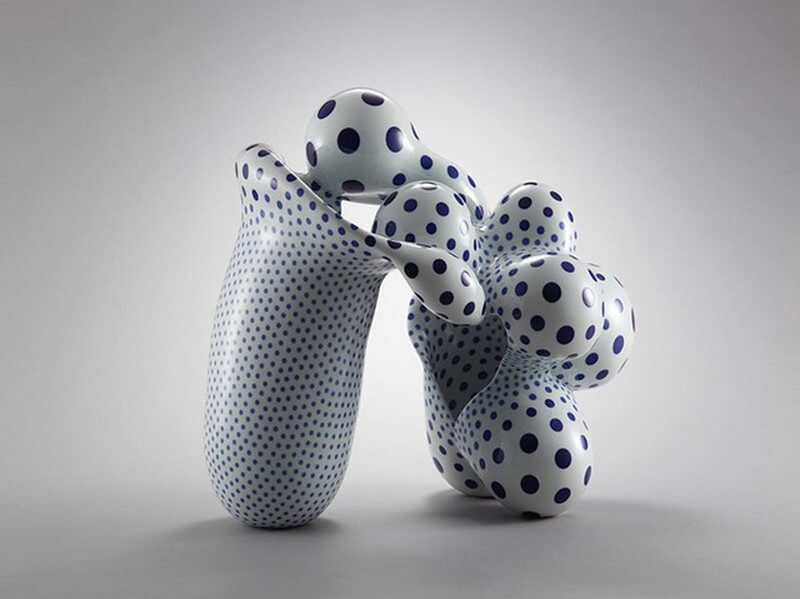

Michaela Crie Stone lives and works in Rockport, Maine, where she creates pieces that push the parameters of function by blurring the lines between art, craft, and design.

in this video, you can look at different parametric towers with parametric designs.

Drone based technology is the solution to overcome the limitation of surface road capacity in cities.

Augmented reality (AR) is the integration of digital information with the user’s environment in real-time.
Parametric Ideas for Architects @2025